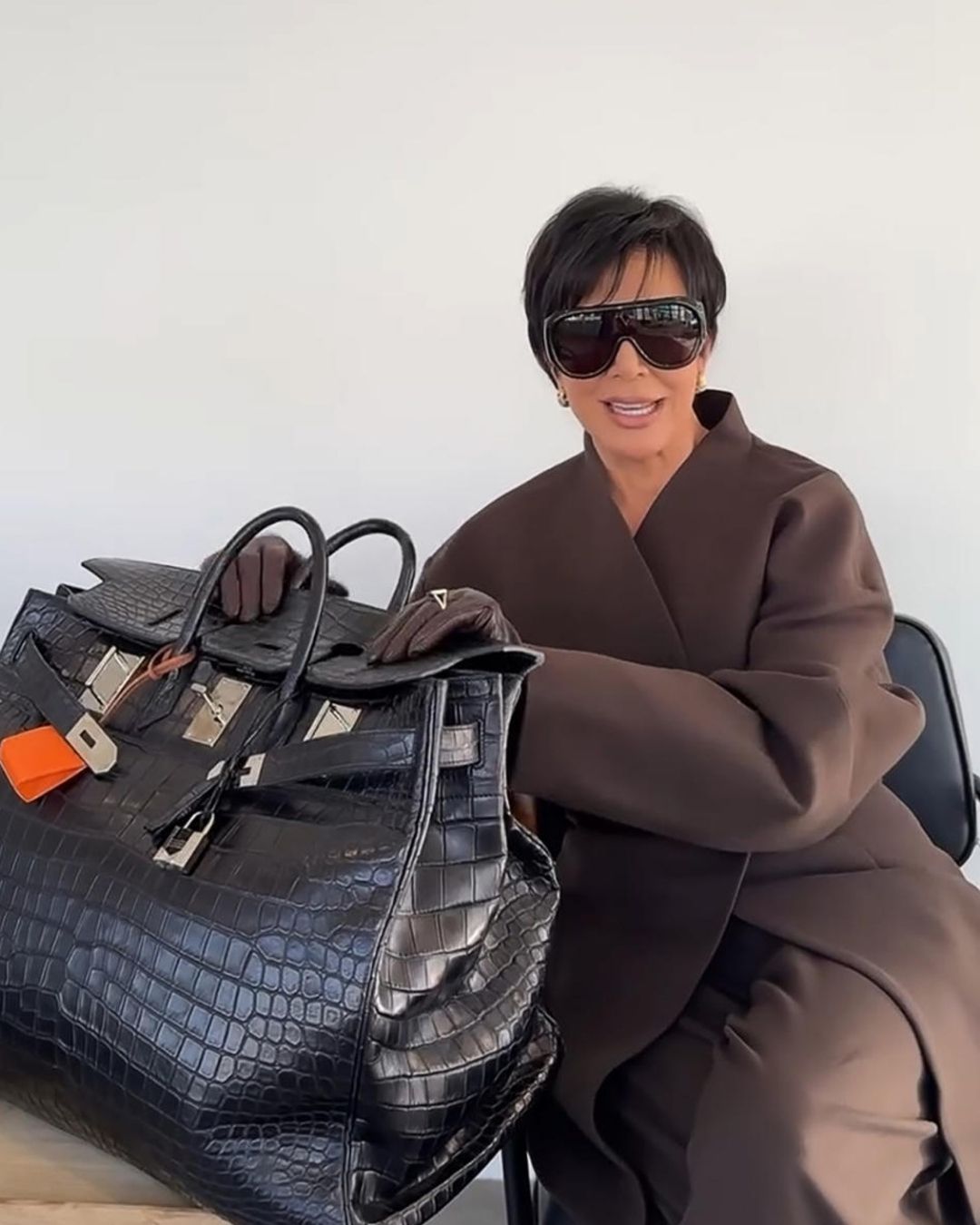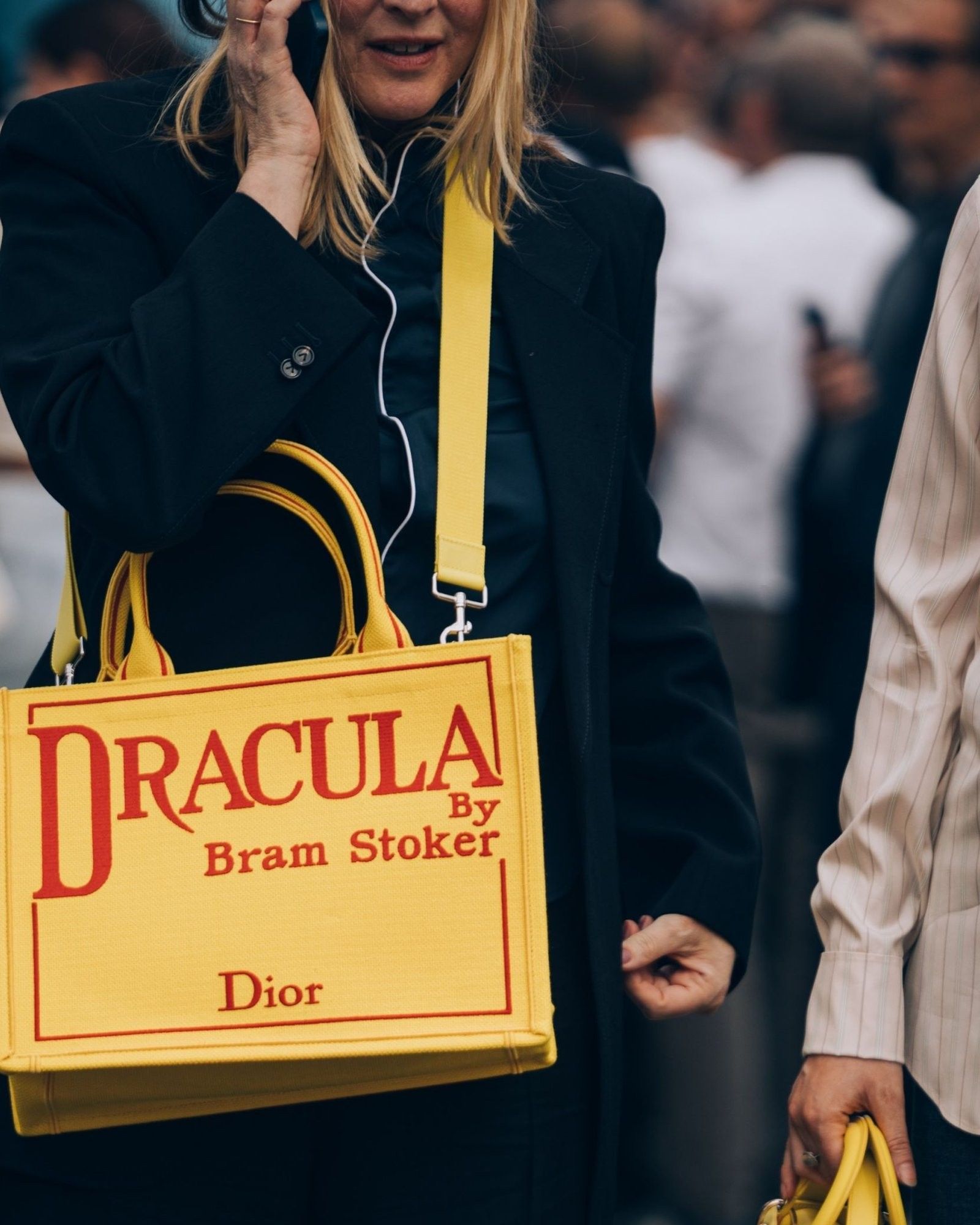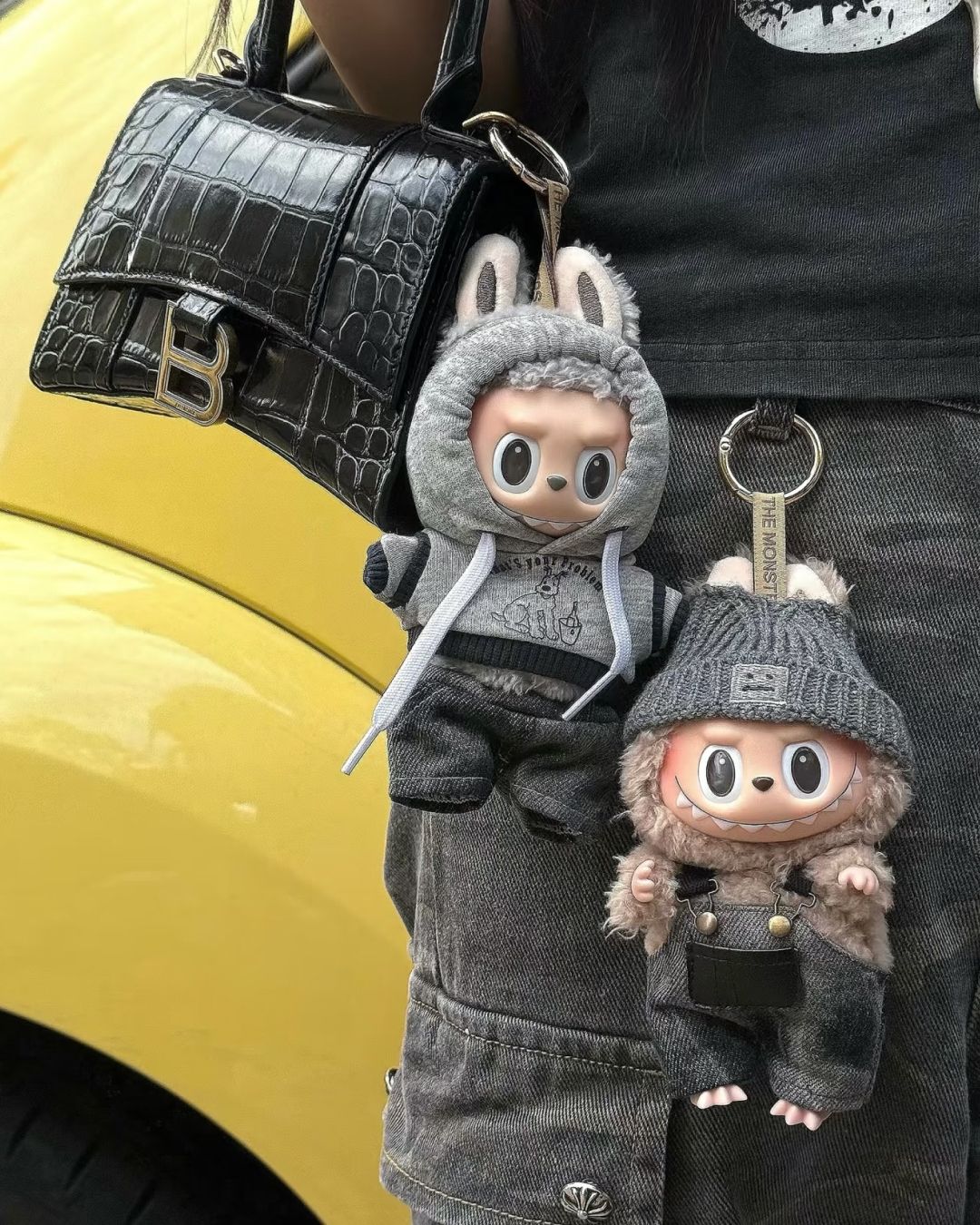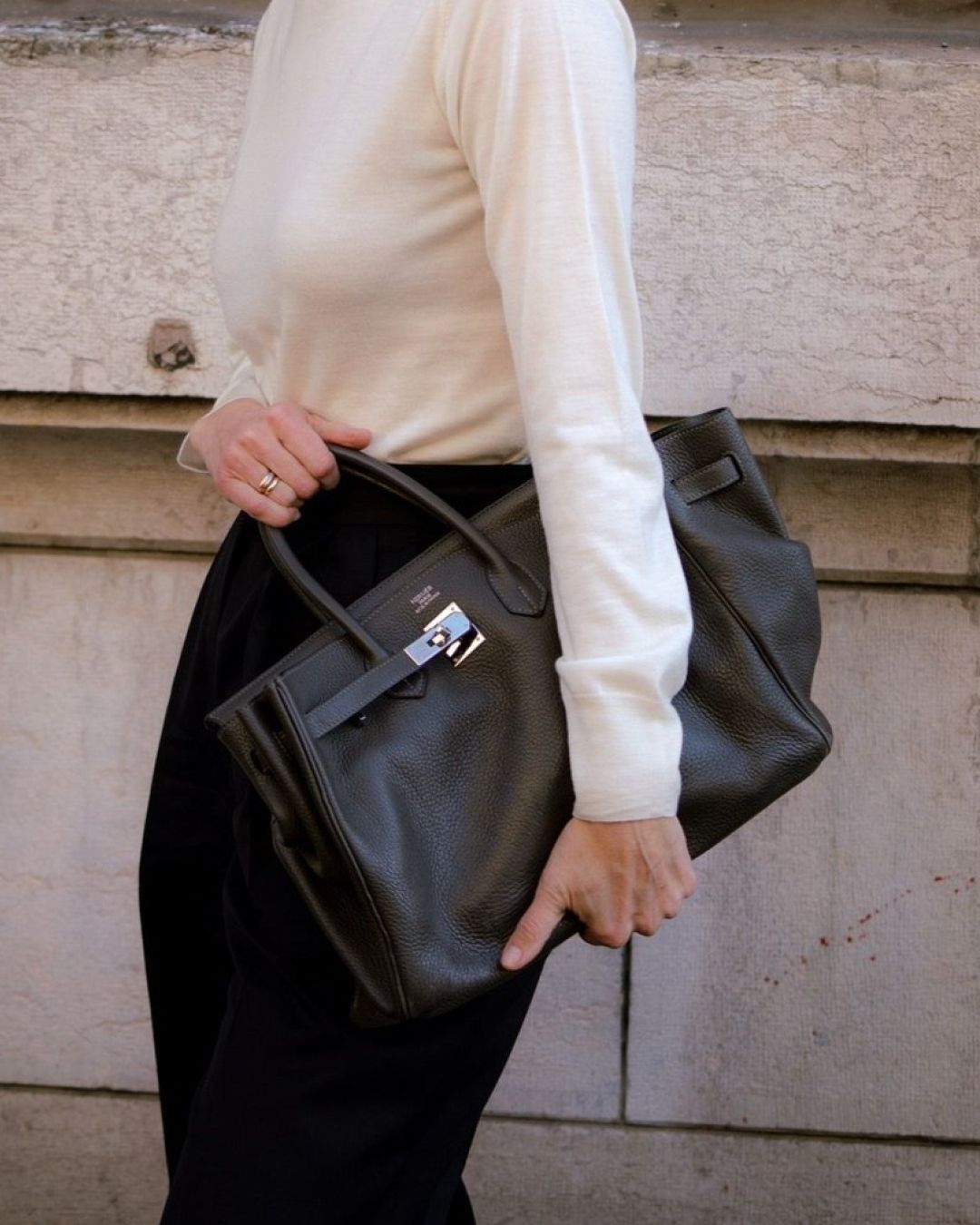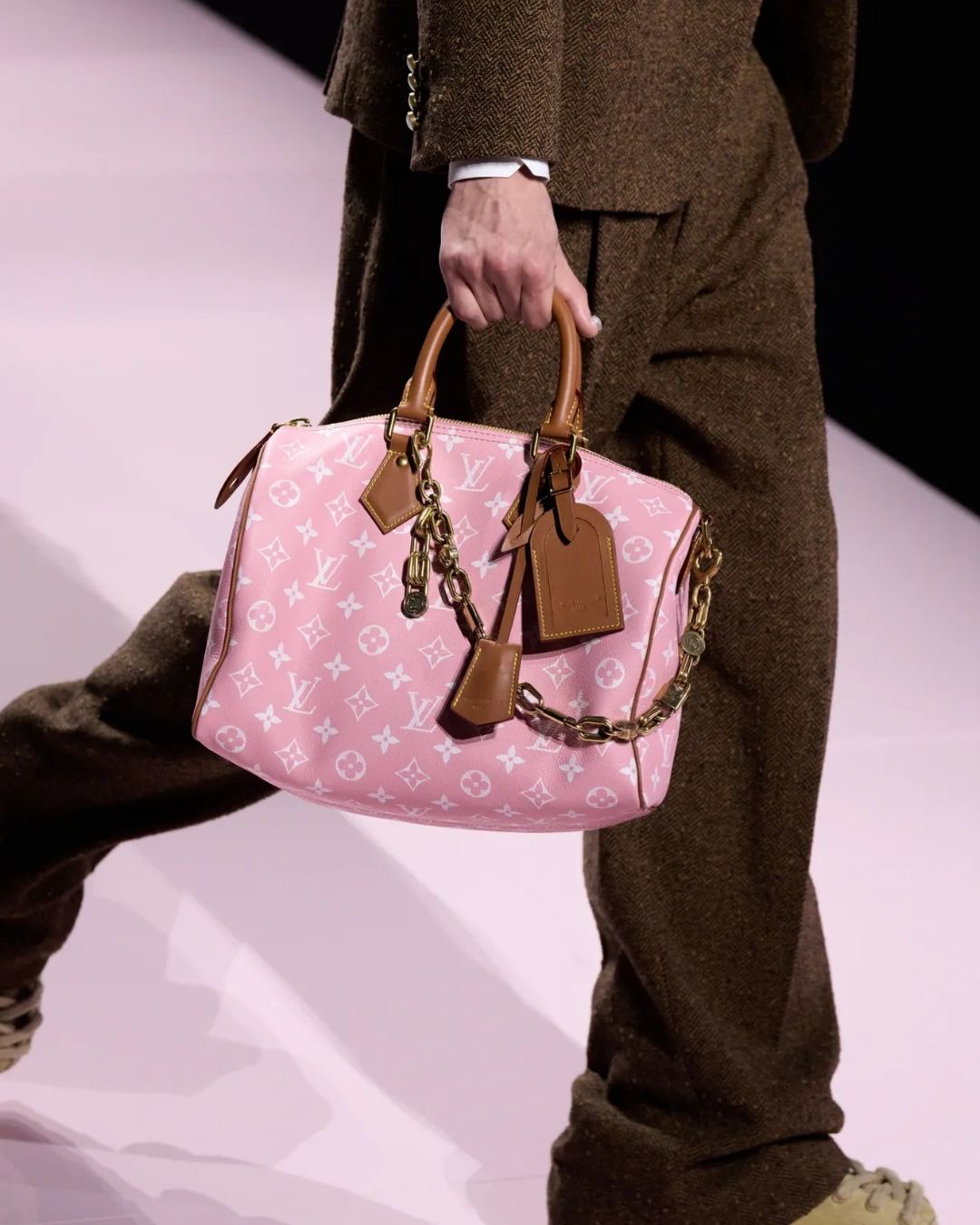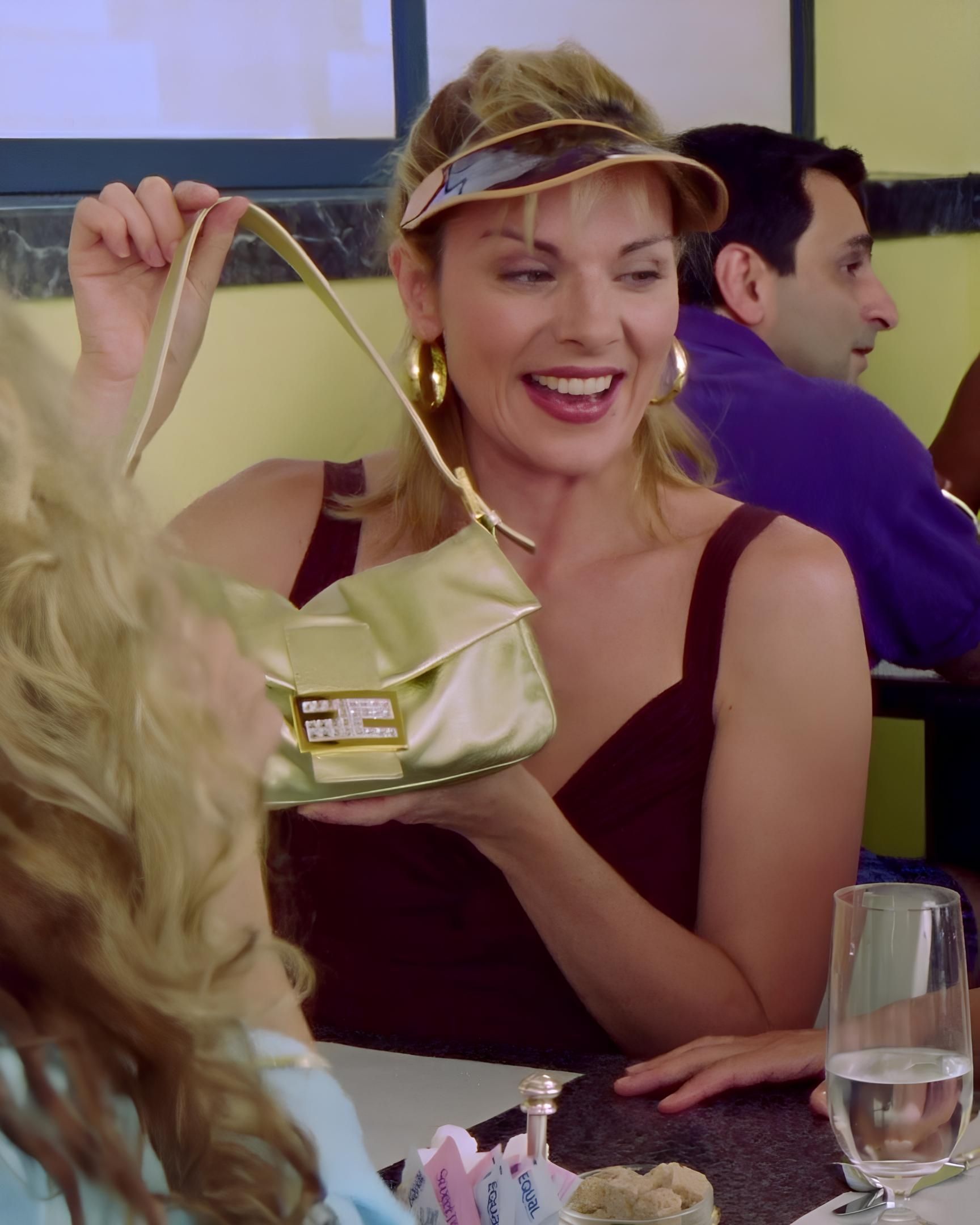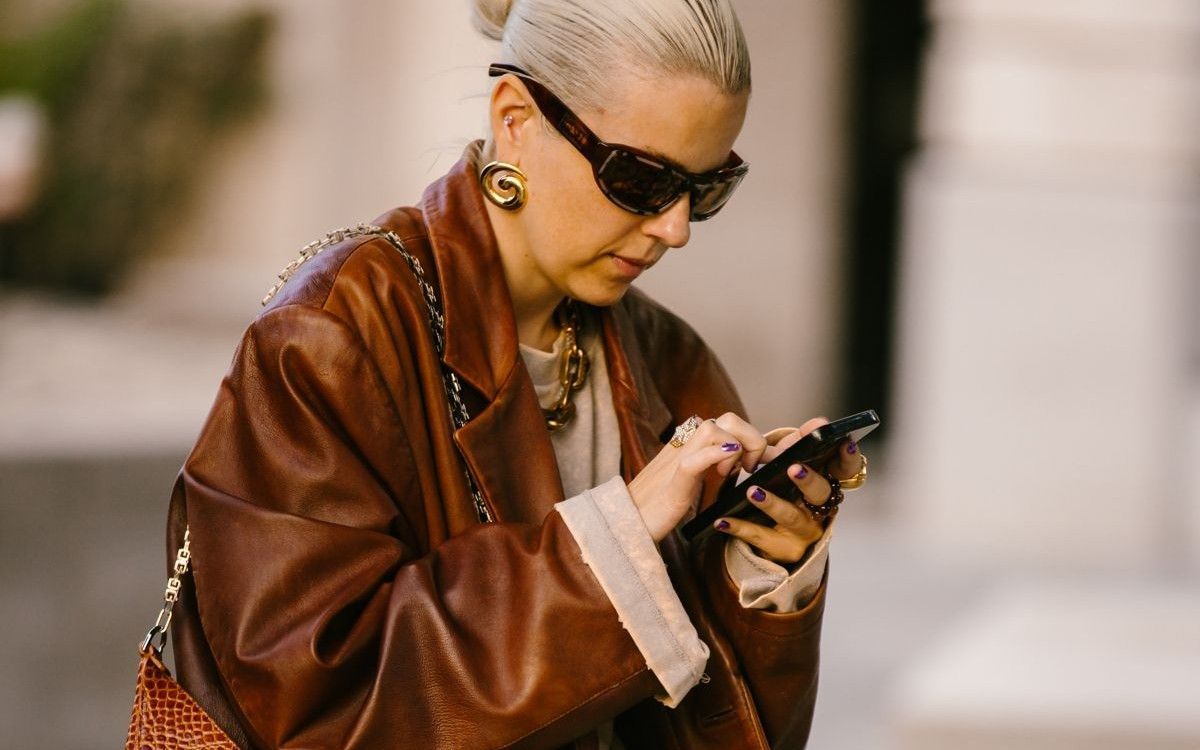
Are fashion brands unknowingly helping the fake industry? According to studies, the combo of rising prices and wild marketing push the public toward fakes
According to a recent study by the European Union Intellectual Property Office, 52 percent of individuals between the ages of 15 and 24 said they had bought at least one fake product online in the past year. The figure comes from the Property and Youth Scoreboard, which annually measures the attitudes of younger generations toward buying counterfeit products and infringing on intellectual property. This year's edition was based on a sample of 22,021 individuals in the age range we mentioned and divided across countries in the European Union. 37 percent of those who purchased counterfeit products online did so voluntarily by marking «a notable increase in the purchase of counterfeit goods since 2019, when only 14 % of respondents reported having bought such goods intentionally and 12 % reported having done so unintentionally». The majority of these products, the study continues, are clothing and footwear, 17 percent and 14 percent of the total, respectively, followed by electronic devices and cosmetic products. Referring to these estimates, the OECD estimates that the total value of counterfeit products and goods will reach close to $3 trillion by 2022. In other words, it would be worth asking whether fashion is about to have a big problem with counterfeit products. But why are counterfeits becoming so successful?
The most obvious reason is clearly the price: fakes are cheaper, and this is one of the assumptions of their appeal, which makes one think even more when one considers how prices of fashion products have risen virtually through the roof in recent years. But there's more. The study says that 31 percent of respondents would not buy fakes if there were cheaper originals, a notion mirroring the previous one, but more importantly an equal percentage would stop buying fakes (note the conditional) if they came across poor quality products and another quarter of respondents would stop if they fell victim to fraud or cyber threats. The fact, however, tells us, against the backdrop, that the fakes currently on the market are not reputed to be of poor quality and that many of those who buy them have not been victims of fraud or cyber threats. Sixty percent of respondents, then, said they «were unable to distinguish between genuine and counterfeit products» flashing on the horizon the terrible specter of equivalence, in terms of quality, between the two categories, between real and fake products. In a comment made to the data, Business of Fashion reports the case of a Miami woman who, after comparing real Gucci rubber slippers with those bought on DHgate began buying replicas, satisfied with their quality. «As more luxury brands move manufacturing from Europe to Asia, it’s helped fuel the belief among some consumers that the “dupes” they’re buying are in fact made by the same factories that create products for top brands», explains Business of Fashion.
Why any grown person is spending more than $20 on a jersey from any place other than DHGate is beyond me. Stop paying corporate american and just buy from the people making it directly in China lol
— Tom Kennedy (@TomKennedyBOS) October 24, 2022
One of the determining factors recognized by Business of Fashion in the case of the soaring counterfeit market is the brands' wild marketing: fashion makes people who could not afford it want their products-they want Zara's popularity but without counterbalancing it with Zara's affordability. And if one also takes into account the ever-rising price barrier, one can see how the combination of affordability inaccessibility and constant publicity becomes fuel for an ever-growing market for fakes. With its strategies, fashion is fueling the market for fakes even if it doesn't care much about it: luxury sales thrive and that's enough. Resellers, on the other hand, such as the large marketplaces of secondhand goods, are implementing new measures based on increasingly sophisticated technologies - but the truth is that no one has found an entirely foolproof method yet to validate the authenticity of a perfect replica. Yet in times of economic crisis there are people who prefer to enjoy the thrill of a monogrammed product without the anguish of thinking about how much they paid for it. To quote the quote what TikTok user @georgiamaiy says about a pair of fake sneakers purchased on DHgate:
«It’s not about not being able to afford the Real thing. I will only invest in a product if the quality is there and it’s worth my money. Brands [...] make their trainers for £20. You can bet that I’m not giving them an extra £780 just for the privilege».
@georgiamaiy Obsessed with these from our favourite website of course #fyp #dhgate original sound - Your fashion sister
A crisis of meaning is looming on the horizon for fashion: if quality ceases to be a point of reference and the perceived value of a brand shifts to increasingly immaterial and abstract dimensions, there is no need for the product to be real but only for it to look real. On the other hand, the clientele that passionately caters to duplicates does not really interest the industry, whose real target audience is the more affluent sections of the public who do not buy a handbag or a dress by saving or sacrificing but for whom several thousand euros spent on luxury clothing is just pocket change - which is, after all, why Hermès sells its Birkins and Kellys to regular customers and not to the first person who walks into the store. There would be no real moral to this story if it weren't for the fact that replicas of expensive products are actually bad for the planet and the environment - a notion that would actually, again according to the European study cited above, put off a certain percentage of respondents from buying fakes. Too bad that percentage is not large enough.










































